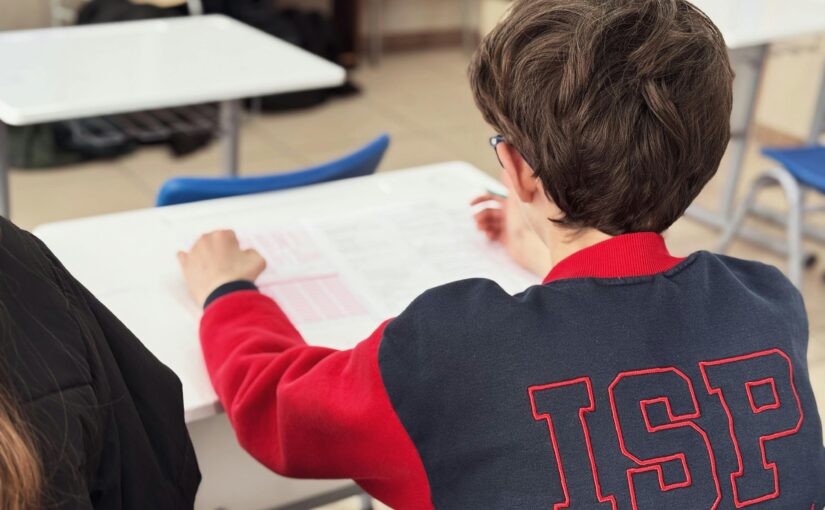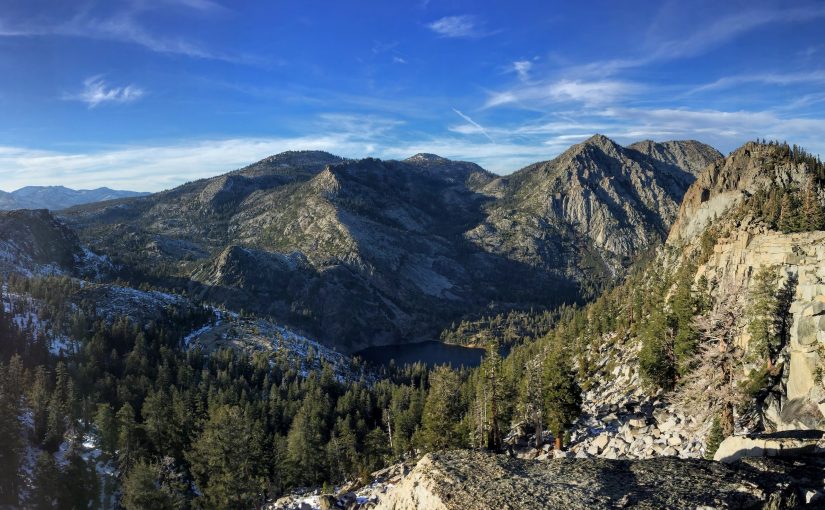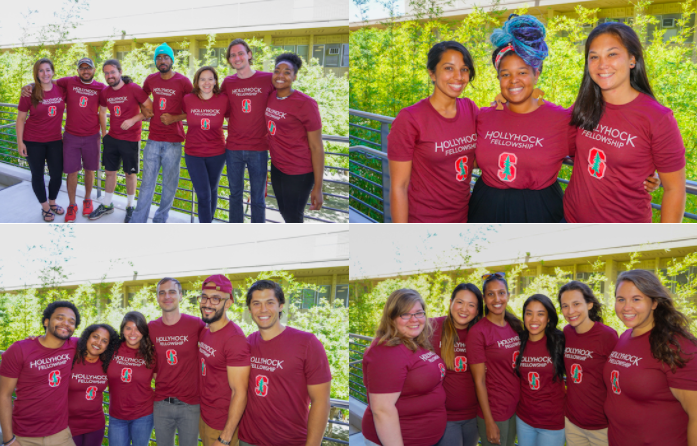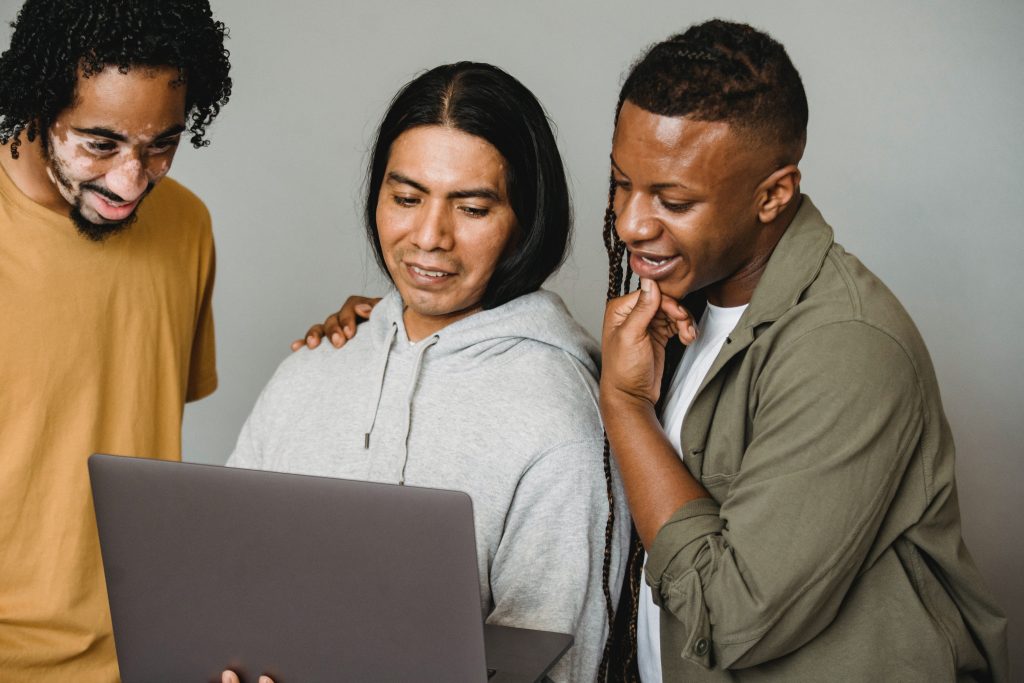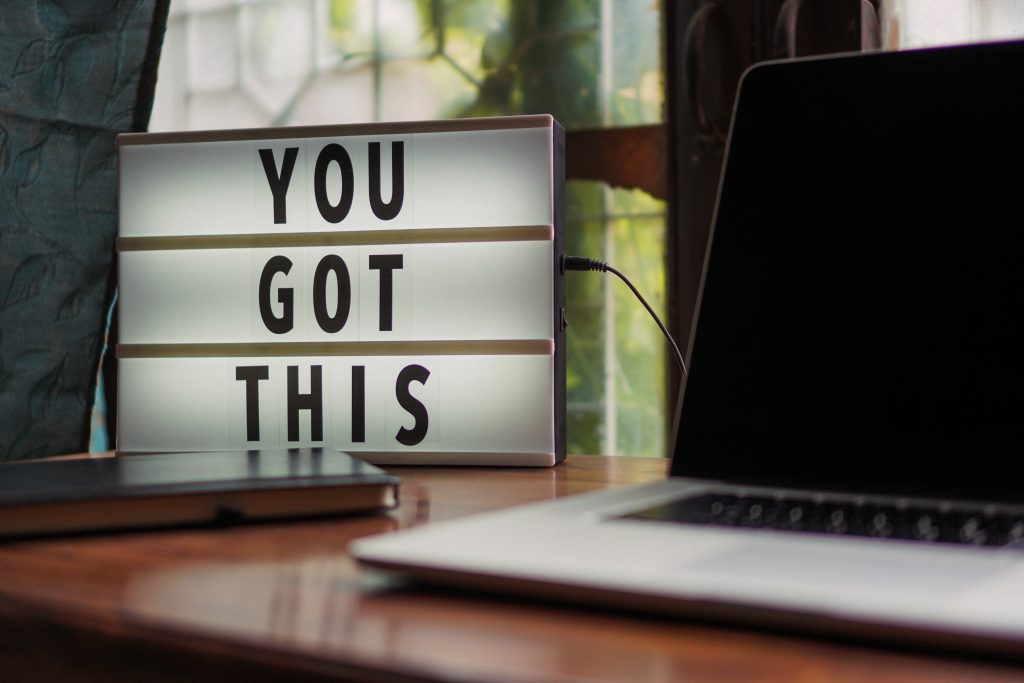These are a list of questions to ask schools in an interview to make sure the school is the right fit for you and that you can be as knowledgeable as possible when you start the role.
Staff Culture + School Organization
- What is the staff culture like – is it more collaborative or more independent? How do teachers collaborate?
- How is the school organized/structured (teams/departments)? Why?
- How do you collect feedback from teachers? What do you do with that feedback?
- How are decisions made at the school? (Ex: How were schedules planned for distance learning?)
- How do you spend PD time?
- What opportunities exist for teacher leadership? How can teachers make change in the school?
- Is there a culture of observation at the school? What does that look like?
- How is the schedule determined? Why?
Student Support
- What structures for student support exist? How are Ss needs’ supported? Who on staff (in addition to teachers) is available to support students?
- Follow up: Do you have an advisory system? What does it look like? (If not) how is student support structured?
- What resources are available to students who are struggling?
- Is push-in support available? From who? How is this organized?
- What supports are available for English learners and/or recent immigrants?
- What percentage of your students fail classes? Why do you think they fail?
- Who do you think are the school’s least-served students? What is the school doing to support them?
- How are students celebrated at school?
- Different ways of asking one question around behavior:
- What is your school’s model for handling behavioral challenges?
- What is your school’s disciplinary model?
- What happens at your school when a student is having challenges in class or a bad day?
- How are behavioral challenges managed at the school level? How are relationships maintained?
- Ask for an example?
Equity and Identity
- How does your school implement systems/structures to ensure equitable learning for all? How do staff work to disrupt inequities in their classroom/their own practice?
- How are teachers pushed to examine their identity and how their decisions support/disrupt inequities in their practice?
- How are issues of race/class/gender/identity discussed among staff?
- How are issues of academic and/or social status addressed in (and out) of the classroom?
Policies/Rules
- Are there any policies around behavior and/or attendance that have led to conflict and/or been changed over time? What policies/why? What might be changed in the future?
- What policy has been particularly difficult?
- Cell phones????
- What does the end of the semester look like? Summative assessments? Exams, portfolios? Celebrations?
- Is there a grading policy? What is the philosophy around grades? What are teachers asked to do?
- Who decides policy or restrictions around ______ (EL, special ed, etc)? What are the constraints for teachers?
- Is there tracking? How? Why?
General Big Questions
- What are the biggest problems/challenges at your school? What are you doing to fix these?
- What are your school’s strengths?
- What do you hope to change/work on in the future? What’s in the plans for the next few years?
- How do you build community at school? What does positive school culture look like?
- What does family engagement look like?
- What are your school values? How are they enacted?
- How do you work to honor Ss in school and make them feel smart / make them feel like they belong?
- What in your opinion makes an extraordinary teacher? What are you looking for in your teachers?
- What are some books you would recommend to better understand your school?
To ask students
- What do you like?
- What do you wish you could change? Magic wand…
- Do you feel successful?
- What is a problem in your school?
- What is important to your teachers/Do your teachers care about you?
- Do you think your school is fair?
- Rules?
